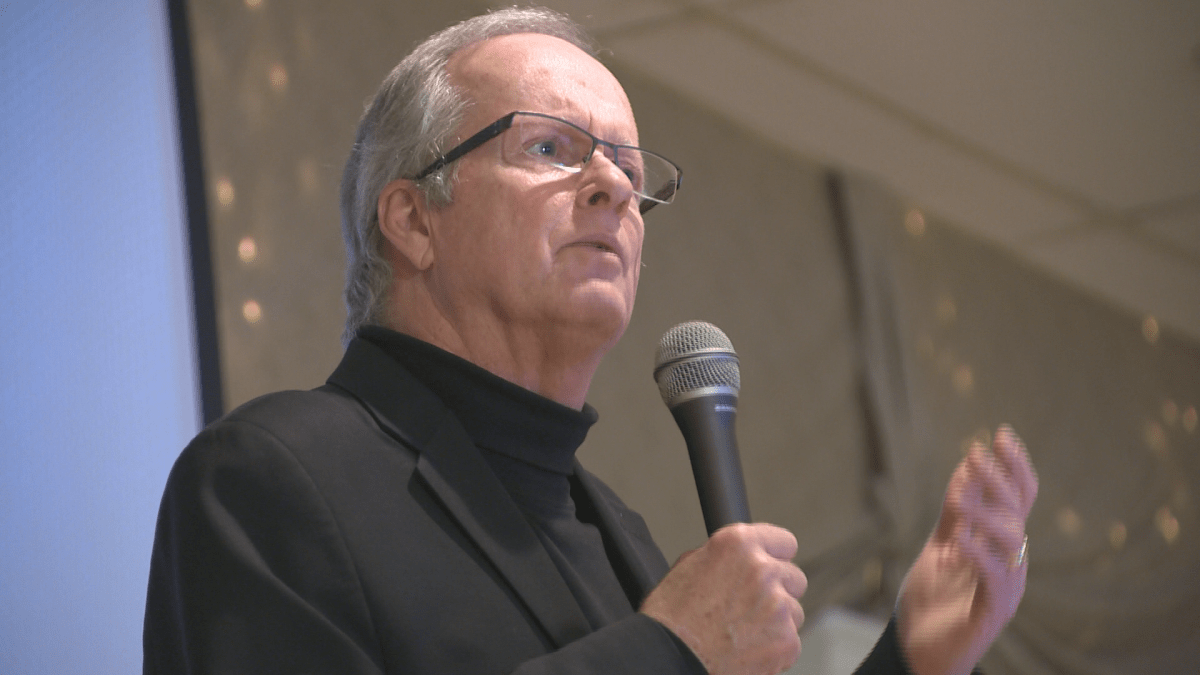Brian Keating has been around the world, from the African safari to the cold northern tundra, endlessly searching for the world’s wildest places. A regular fixture on wildlife TV and radio programs, he has also led groups on nature based travel excursions for three decades.

“I’ve quit counting how many times I’ve been to Africa since 1983,” said Keating in front of a packed room at a SACPA presentation. “It’s really my home away from home.”
Though he has spent much of his life abroad, his roots are here in Southern Alberta.
“I was born in Medicine Hat, so the short grass prairie of Southern Alberta is my native habitat.”

Get daily National news
After sharing stories of his adventures in Africa, he spoke of this area’s unique landscape.
“From a wildlife perspective, there’s a strip of land right up against the foothills that basically is the way it’s been since the glaciers left 10,000 years ago,” said Keating. “So it’s a place where you can find all of the wildlife that used to exist there.”
Even closer to home, right through the middle of the city, Lethbridge protects an extremely diverse forest habitat.
“Lethbridge is a very unique place. Actually we’re one of the only places in the entire world where we have three different types of tree species growing here and they can mix or blend together. Which means that not only do we have the three tree species, but we also have an infinite number of mixes or crossbreeds that are hybrids.”
This diversity makes the forests along the Oldman river a hotbed for over 300 different types of bird species. Along with birds, Lethbridge has a population of rattlesnakes not commonly found so close to urban areas.
It’s that kind of biodiversity that Keating observed on his last trip to Ethiopia; not in national parks, but in church protected ‘sacred forests’. He hopes that Canadians will consider the idea and protect their own wildlife with the same kind of enthusiasm.
“There’s another way of looking at how to preserve landscapes and that’s to regard them as sacred,” said Keating. “We should be very respectful of these landscapes that we still have in our backyard.”








Comments